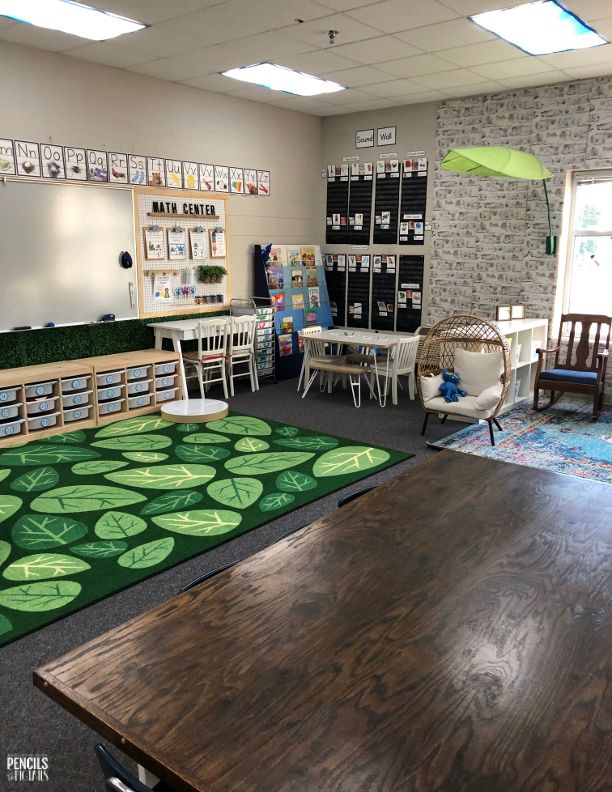Introduction:
A Calm, Zen classroom is essential for enhancing a student’s ability to learn, concentrate and improve overall well-being. A serene atmosphere contributes to improved cognitive function and encourages open-mindedness, empathy and discipline. In this article, I will share the effective strategies and techniques that I have employed to create a peaceful, relaxing and therapeutic environment for my students.
1. Declutter and Organize:
A clutter-free space reduces distractions and promotes focus. Regularly organizing and tidying up the classroom helps in maintaining a sense of order and calmness. This includes ensuring adequate storage solutions for supplies and creating designated areas for specific activities.
2. Incorporate Natural Elements:
Nature has a soothing effect on our minds. Adding plants, natural materials, or nature-inspired art pieces can instill a sense of serenity in the classroom. In addition, encourage natural light as much as possible by opening blinds or curtains, while considering soft lighting options for overcast days.
3. Establish a Peaceful Morning Routine:
Starting the day with a consistent mindfulness practice helps set the tone for a tranquil classroom experience. Implement mindful exercises such as deep breathing, gentle stretching or guided meditation at the beginning of each school day.
4. Create a Safe Emotional Environment:
Encourage emotional intelligence in students by promoting open communication, actively listening to their concerns, and demonstrating empathy. Establish classroom rules that emphasize mutual respect among peers.
5. Use Soft Background Music or Ambient Sounds:
Playing calming background music or nature sounds at an appropriate volume can greatly enhance students’ concentration levels while masking distractions.
6. Introduce Mindfulness Activities Throughout the Day:
Incorporate short mindfulness exercises during transition periods between tasks or classes to help students reset their focus and alleviate stressors.
7. Encourage Self-Regulation Techniques:
Teach students techniques for recognizing their emotions and managing them appropriately through self-regulation strategies, such as taking deep breaths or counting to ten when faced with intense emotions.
8. Use Visual Cues and Positive Affirmations:
Decorate the classroom walls with visual cues and affirmations that promote relaxation, positivity and a growth mindset – such as inspirational quotes, posters promoting kindness and understanding, or calming images related to nature.
9. Foster a Comfortable Seating Arrangement:
Offer students comfortable seating options like beanbags, cushions or yoga balls to encourage relaxation and attentiveness during lessons.
10. Prioritize Students’ Mental Well-Being:
Monitor student stress levels and address any causes of anxiety with appropriate support services, including counseling sessions or mindfulness programs.
Conclusion:
Creating a calm, Zen classroom is an ongoing process that requires dedication, mindfulness and empathy. Implementing these strategies encourages a serene learning environment that promotes mental well-being and maximizes the academic potential of each student.





